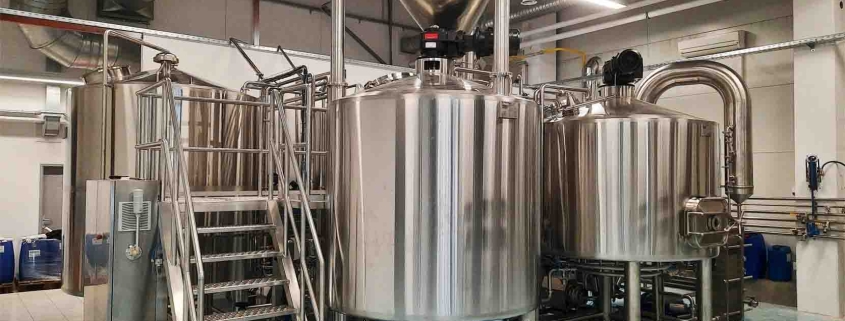Best Commercial Beer Brewing Equipment for Sale in 2025
What is Commercial Beer Brewing Equipment?
When you walk into a brewery, those shiny steel tanks, winding hoses, and intricate control panels might feel like you’ve stepped into a science lab. But what you’re actually looking at is the heart and soul of beer production: commercial beer brewing equipment. This equipment is a carefully designed set of machines and vessels that transform simple ingredients like malt, hops, yeast, and water into the delicious pints we all love.
Commercial beer brewing equipment isn’t just a larger version of homebrewing kits. It’s precision-engineered to handle massive quantities, ensure consistent quality, and maintain tight control over brewing conditions. We’re talking about systems that can brew anywhere from 3 to over 100 barrels in a single batch! Whether it’s a microbrewery or a large-scale production facility, the right brewing setup is critical for efficiency, flavor consistency, and meeting demand.
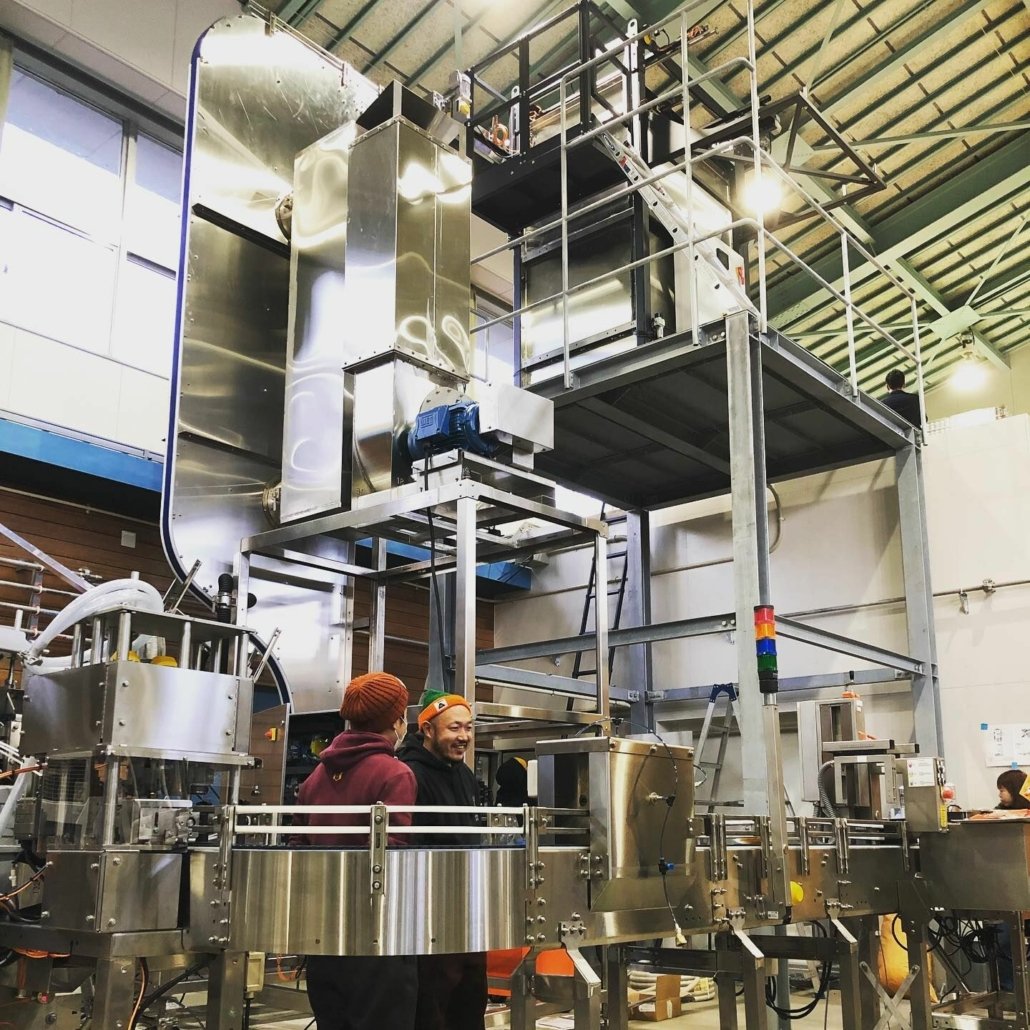
Types of Commercial Beer Brewing Equipment
Choosing the right type of commercial beer brewing equipment can feel like navigating a maze. With so many options, each suited to different scales, beer styles, and production goals, it’s essential to understand what’s out there.
Brewhouse System
The brewhouse is the central hub where the brewing magic happens. It typically includes the mash tun, lauter tun, brew kettle, and whirlpool. Some systems combine these vessels to save space, especially in smaller breweries. When comparing a two-vessel system versus a four-vessel system, the latter allows for continuous brewing cycles and higher efficiency. However, a four-vessel setup is more expensive and takes up more space.
Fermentation Tanks
After the wort is brewed, it’s transferred to fermentation tanks where yeast turns sugars into alcohol. These tanks come in various sizes, from compact fermenters perfect for a brewpub to towering giants used in industrial breweries. Cylindroconical fermenters are the gold standard because they handle yeast collection better compared to traditional open fermenters.
Bright Beer Tanks
Bright beer tanks are where the beer matures, clarifies, and carbonates before packaging. Some smaller breweries skip this step and carbonate directly in the fermenter to save money, but this can impact beer clarity and consistency.
Cooling and Glycol Systems
Temperature control is critical. Glycol systems keep fermentation tanks and storage vessels at precise temperatures. Compared to simple water-based cooling, glycol is more effective and reliable, especially in larger systems.
Cleaning Systems (CIP)
Clean-in-place (CIP) systems allow brewers to clean equipment without disassembly, saving time and ensuring hygienic conditions. Manual cleaning is cheaper but much more labor-intensive and prone to human error.
Ancillary Equipment
Other essentials include malt mills, pumps, piping, heat exchangers, and control panels. Advanced systems feature automated controls for temperature, flow rates, and brewing steps, which significantly reduce labor and error rates compared to manual operations.
How to Choose the Right Commercial Beer Brewing Equipment
Picking the right brewing equipment is a bit like buying a car. You need to balance budget, size, features, and long-term needs. Let’s walk through the key considerations.
Scale and Production Capacity
Start by asking yourself: How much beer do you plan to produce daily, weekly, or annually? A 5-barrel system is perfect for a small taproom, but if you aim to distribute regionally, you might need a 30-barrel system or larger.
Space Availability
Measure your brewing area carefully. Bigger isn’t always better if your space can’t accommodate the equipment safely. Compact brewhouses with combined vessels are ideal for space-restricted breweries.
Automation Level
Do you want manual, semi-automated, or fully automated systems? Fully automated setups are faster and reduce human error but are significantly more expensive. Manual systems save money but demand more labor and brewing knowledge.
Material Quality
Stainless steel is the gold standard due to its resistance to corrosion and ease of cleaning. Cheaper alternatives may save you money upfront but can cost more in maintenance and product loss later.
Vendor Support and Warranty
It’s crucial to buy from reputable manufacturers who offer strong customer support and clear warranty terms. A slightly more expensive system from a trusted supplier can save you countless headaches down the road compared to a bargain deal with poor after-sales service.
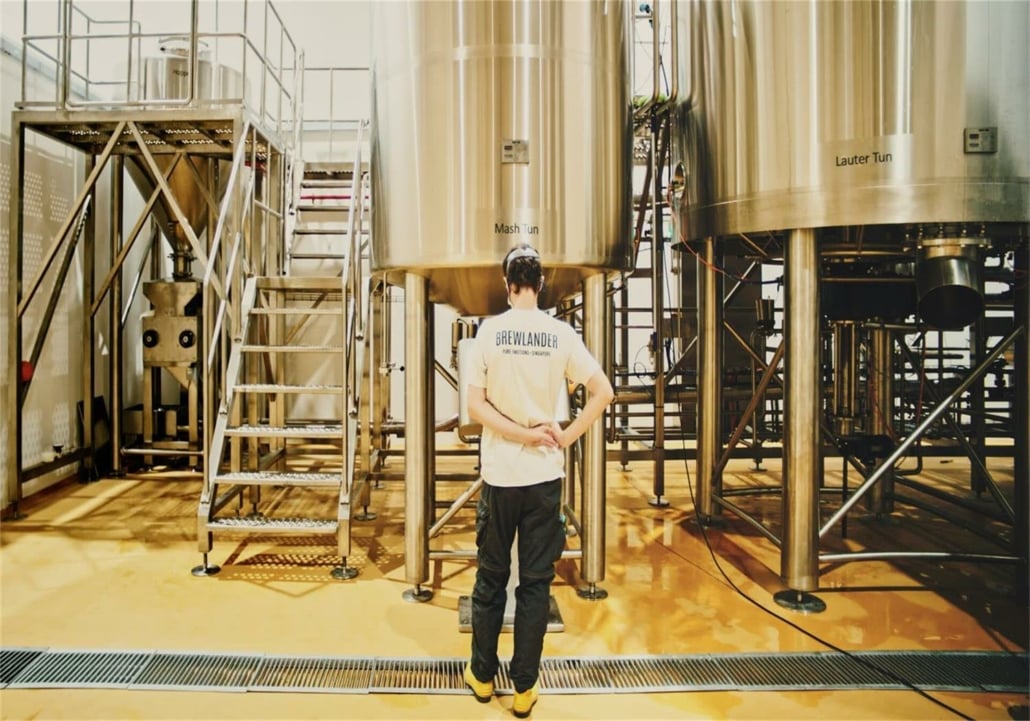
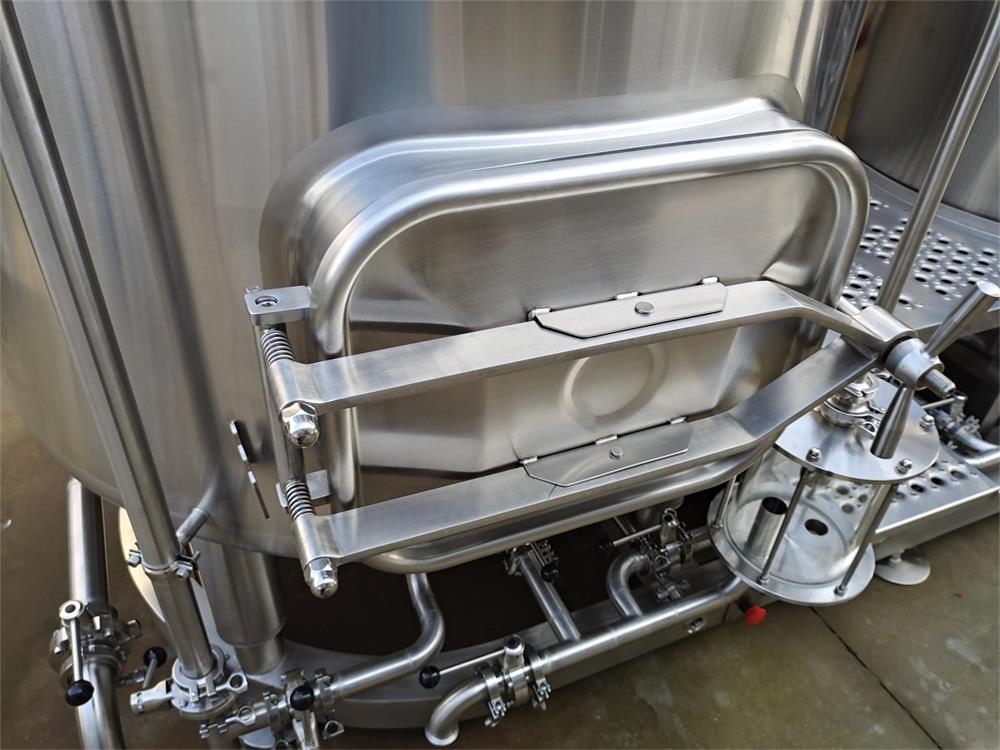
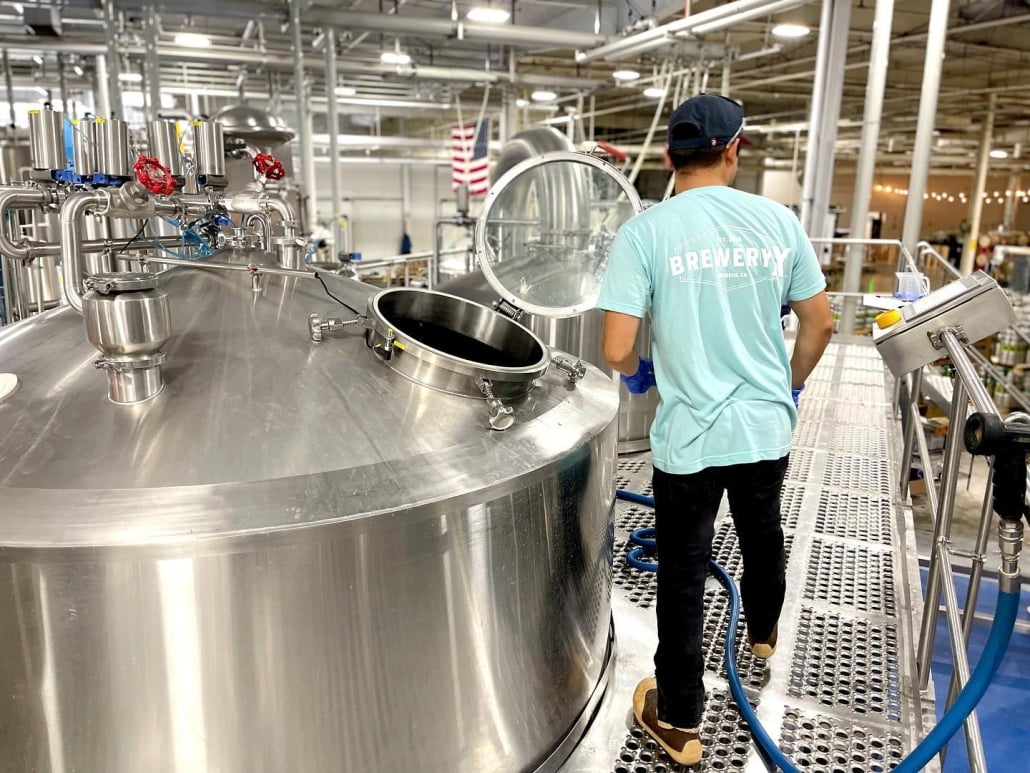
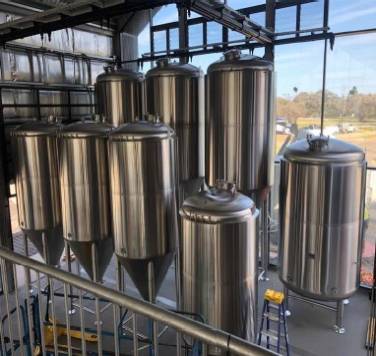
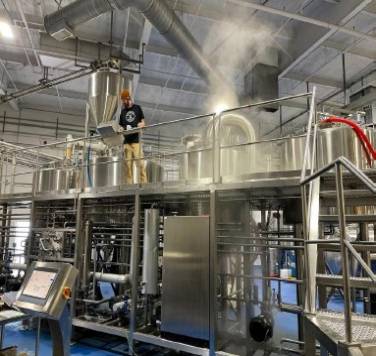

Benefits of Commercial Beer Brewing Equipment
Commercial beer brewing equipment brings a treasure chest of benefits that go far beyond just making beer in larger quantities.
Consistency and Quality Control
One of the biggest wins is consistency. Commercial systems maintain precise control over every brewing parameter, from mash temperature to fermentation pressure. This means your IPA tastes the same every single time, whether it’s the first pint or the thousandth.
Scalability
These systems grow with your business. Many setups can be expanded by adding more fermentation tanks or upgrading the brewhouse, making it easier to scale production as demand increases.
Efficiency and Time Savings
Compared to homebrewing or makeshift setups, commercial brewing equipment massively reduces production time. Automated systems speed up brewing cycles and cleaning processes, letting you brew more beer in less time.
Enhanced Safety
Safety isn’t just a nice bonus—it’s a necessity. Commercial equipment includes pressure controls, safety valves, and proper insulation to protect both the brewer and the product.
Better Product Shelf Life
High-quality brewing and packaging equipment reduce oxygen exposure and contamination risks, which improves the shelf life and flavor stability of the final product.
Cost and ROI of Beer Brewing Equipment
Let’s talk about the dollars and cents. How much does commercial beer brewing equipment cost, and is it worth the investment?
Equipment Cost Breakdown
Here’s a detailed look at typical costs based on system sizes:
| Equipment Type | Small-Scale Brewpub (5 BBL) | Mid-Size Brewery (15 BBL) | Large Brewery (30 BBL+) |
|---|---|---|---|
| Brewhouse System | $50,000 – $100,000 | $150,000 – $300,000 | $500,000+ |
| Fermentation Tanks | $5,000 – $15,000 each | $20,000 – $40,000 each | $50,000+ each |
| Bright Beer Tanks | $5,000 – $10,000 each | $15,000 – $30,000 each | $40,000+ each |
| Cooling/Glycol Systems | $5,000 – $15,000 | $20,000 – $50,000 | $70,000+ |
| CIP Systems | $3,000 – $7,000 | $10,000 – $20,000 | $30,000+ |
| Additional Accessories | $10,000 – $30,000 | $40,000 – $80,000 | $100,000+ |
Note: Prices vary based on brand, features, and customization.
Return on Investment (ROI)
The ROI timeline depends on production capacity, sales volume, and pricing. A small brewpub might see ROI in 2-3 years if operating efficiently. Larger breweries distributing across regions could achieve ROI within 1-2 years, thanks to economies of scale and higher throughput.
Investing in higher-quality equipment often results in faster ROI due to less downtime, fewer maintenance issues, and better product consistency that keeps customers coming back.
FAQs
| Question | Answer |
|---|---|
| What is the lifespan of commercial brewing equipment? | Typically 15-30 years, depending on maintenance and usage frequency. |
| Can commercial brewing equipment be customized? | Yes, many manufacturers offer customizable systems to fit space, capacity, and brewing style. |
| How long does it take to install commercial brewing systems? | Installation usually takes 2-6 weeks, including setup and initial test runs. |
| What certifications should I look for? | Look for equipment meeting ASME, CE, and sanitary standards like 3-A SSI for food safety. |
| Is leasing equipment a good option? | Leasing can reduce upfront costs but may lead to higher long-term expenses than purchasing. |

